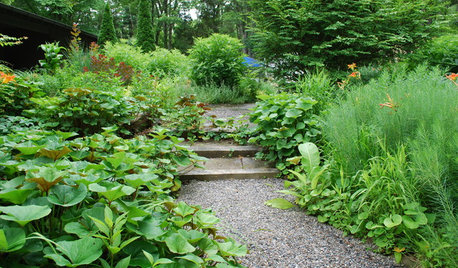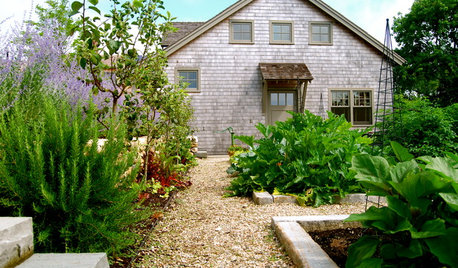Gypsum to amend clay
melissa668
14 years ago
Featured Answer
Sort by:Oldest
Comments (21)
the_virginian
14 years agobpgreen
14 years agoRelated Professionals
Canton Landscape Architects & Landscape Designers · Norfolk Landscape Architects & Landscape Designers · Wrentham Landscape Architects & Landscape Designers · Foothill Ranch Landscape Architects & Landscape Designers · Marco Island Landscape Architects & Landscape Designers · Chattanooga Landscape Contractors · Maywood Landscape Contractors · Midland Landscape Contractors · Setauket-East Setauket Landscape Contractors · Wailuku Landscape Contractors · Bellevue Decks, Patios & Outdoor Enclosures · Boynton Beach Decks, Patios & Outdoor Enclosures · Greeley Decks, Patios & Outdoor Enclosures · Minneapolis Decks, Patios & Outdoor Enclosures · Westfield Decks, Patios & Outdoor Enclosuresemmers_m
14 years agothe_virginian
14 years agoKimmsr
14 years agothe_virginian
14 years agorhizo_1 (North AL) zone 7
14 years agohortster
14 years agocoffeehaus
14 years agothe_virginian
14 years agocowgirl2
14 years agoDan _Staley (5b Sunset 2B AHS 7)
14 years agoemmers_m
14 years agogd_westnet_com_au
13 years agoVicki
13 years agotoxcrusadr
13 years agoemmers_m
13 years agohoodat
13 years agorhizo_1 (North AL) zone 7
13 years agohoodat
13 years ago
Related Stories

GARDENING GUIDESGardening Solutions for Heavy Clay Soils
What’s a gardener to do with soil that’s easily compacted and has poor drainage? Find out here
Full Story
GARDENING GUIDESHow to Stop Worrying and Start Loving Clay Soil
Clay has many more benefits than you might imagine
Full Story
GARDENING GUIDESGarden Myths to Debunk as You Dig This Fall and Rest Over Winter
Termites hate wood mulch, don’t amend soil for trees, avoid gravel in planters — and more nuggets of garden wisdom
Full Story
LANDSCAPE DESIGNHow to Shape a Rain Garden and Create the Right Soil for It
Learn how to grade, lay out and amend the soil in your rain garden to support your plants
Full Story
LANDSCAPE DESIGNTour a New American Garden in New Jersey
See how James Golden built his garden in a depression with wet clay and rogue cedars
Full Story
GARDENING GUIDESThe Simple Secret to Gardening Success
Learn the kinds of soil and a DIY type test to make sure you’re putting the right plant in the right place
Full Story
GARDENING GUIDESNew Ways to Think About All That Mulch in the Garden
Before you go making a mountain out of a mulch hill, learn the facts about what your plants and soil really want
Full Story
GARDENING GUIDESHave Acidic Soil in Your Yard? Learn to Love Gardening Anyway
Look to acid-loving plants, like conifers and rhododendrons, to help your low-pH garden thrive
Full Story
GARDENING GUIDESGet on a Composting Kick (Hello, Free Fertilizer!)
Quit shelling out for pricey substitutes that aren’t even as good. Here’s how to give your soil the best while lightening your trash load
Full Story
GARDENING GUIDES7 Ecofriendly Gardening Ideas That Also Cut Chore Time
Spend less time weeding, less money watering and more moments just sitting back and enjoying your healthy garden
Full Story







Kimmsr